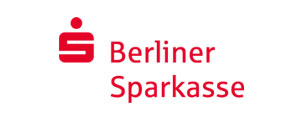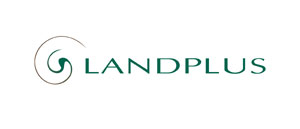Light
Industrial
Properties
VISION
The fourth industrial revolution is digital and well underway. Our vision is to present the Industry 4.0 with the flexible buildings and spaces it needs in order to grow sustainably into the future. These spaces should enable all uses, including those we have yet to imagine. Simultaneously, we must grapple with the present reality of climate change. Our buildings must consequently be as energy and resource efficient as possible. They will exclusively use renewable energy and will be conceived as flexible spaces that facilitate long-term adaptive reuse.
INBRIGHT is a value-oriented, modern, digitally organised real estate company. We are injecting fresh air into the real estate sector and are also glad to have it blow through our team.

LIGHT INDUSTRIAL and office Project Development
INBRIGHT Development develops light industrial and office properties in economically strong locations with excellent transport links. We put all our ardour into each individual development. Our toolbox for this is equipped with much experience and passion. This enables us to stay on top of things in all phases of the development, even when the going gets rough. Because our developments tend seldom to be as straight and direct as we are. We therefore address problems resolutely. In this way we, not infrequently, find even better solutions.
FUNDS
INBRIGHT Investment will offer long-term oriented institutional investors market access to light industrial real estate via regulated investment vehicles. These adopt a distribution-oriented strategy and diversify risks through a multi-tenant/multi-use approach at the building level.

























